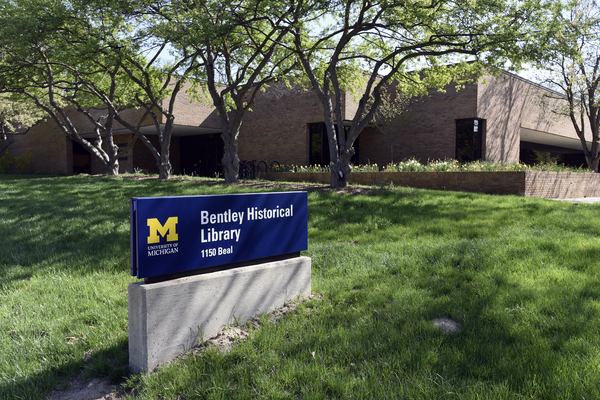Professor of economics, University of Michigan, government official, and U.S. Ambassador to Italy. Correspondence, speeches, and memos, relating to Ackley's work as presidential adviser and member of President's Council of Economic Advisers during the Kennedy and Johnson administrations; reports and other papers, 1944-1945, concerning his work with U. S. Office of Price Administration; papers, 1950-1953, concerning his career as assistant director of U. S. Office of Price Stabilization; and miscellaneous research notes and University of Michigan course materials.
The Gardner Ackley papers document the career of one of the most influential economists of his time. As a researcher, teacher, and especially as an advisor to United States presidents and various government agencies Ackley helped formulate the direction of governmental economic policy. This collection reflects those activities. Ackley's papers arrived at the Bentley Library in four accessions: 1972 (boxes 1-23), 1988 (boxes 24-28), 2005 (boxes 29-36), and 2011 (boxes 37-38). Generally, papers from the first accession relate to his earlier career, those from the 1988 accession relate to his later career, and those from 2005 from all phases of his professional life. The 2011 accession consists mainly of photographs and other personal materials.
The collection is divided into twelve series: Office of Price Administration/Office of Price Stabilization files; President's Council of Economic Advisors files; University of Michigan files; Professional Correspondence; Meetings and Conferences; Speeches, Journal Articles, Letters to the Editor, Chronological correspondence, Clipping file, Columns and unpublished writings, US Ambassador to Italy, 1968-1969, Later career, and Personal: Photographs, Scrapbooks, etc.
